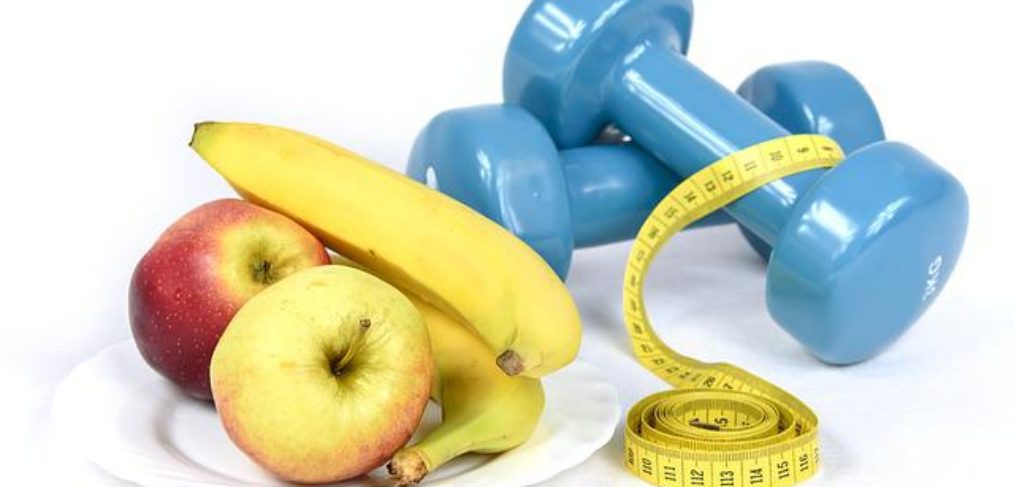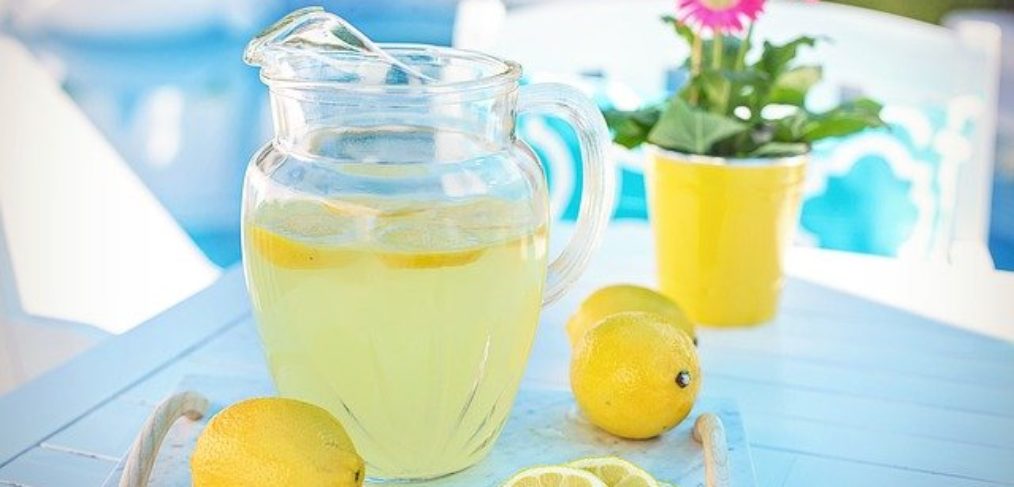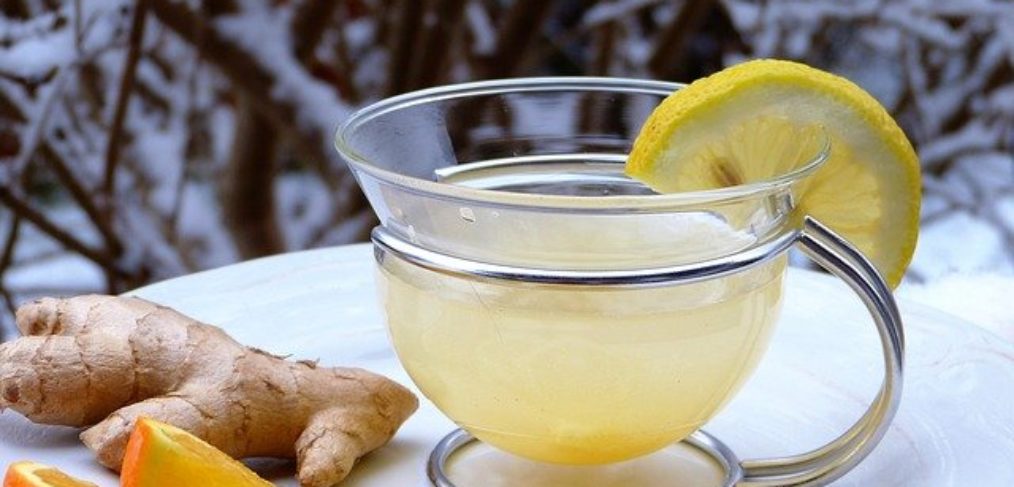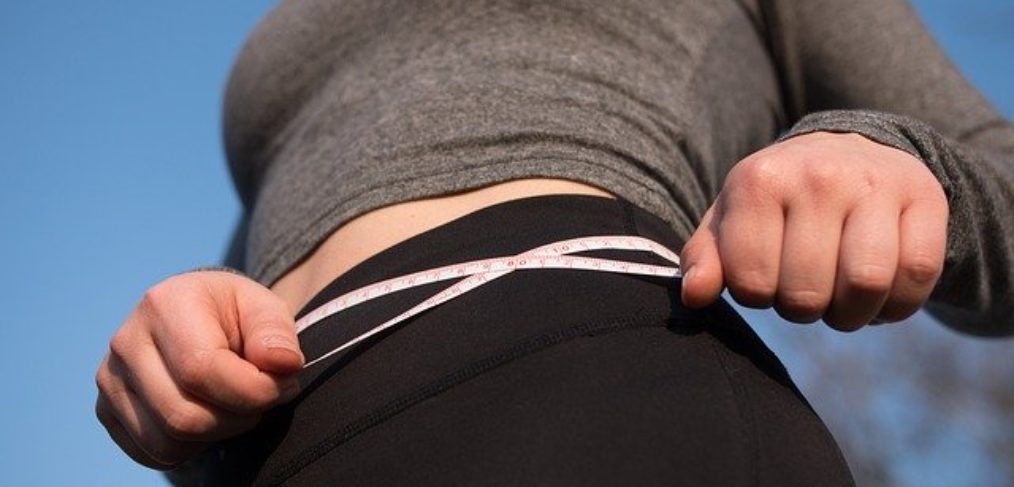What are your rules for better health? Do they include calorie counting? Or going to the gym? Or eating a salad every day for lunch? Do you eat a low-fat diet, limit your sodium intake and practice intermittent fasting? Perhaps you stress over emotional eating and fight cravings, so you deprive yourself through willpower.
While these tools may help you in the short term, my rules for lasting, vibrant health start with getting enough primary food – nourishment for the soul. Then I focus on secondary food – what you put on your plate.
In my view, the #1 rule for better health is balance. This includes mental, emotional, physical and spiritual well-being. Then, I have 10 more rules to help you achieve that balance.
Two Crucial Rules for Better Health Through Primary Foods
- Breathe. Deeply. With gratitude. The air you breathe and the thoughts you think have a much more significant impact on your health than the food you eat. Why? Because they are more pervasive. Your nervous system is always eavesdropping on your thoughts – so you can’t hide your stress! By regulating steady, deep inhales and long exhales, you reset your nervous system. Practicing gratitude improves both physical and mental health.
- Drink heavy draughts of beauty, grace, joy… and pure water each day. Humans simply do not thrive in isolation. Covid taught us that. Connection is like life-giving water to us. Connect with art, music and nature. Connect with humans and animals. Connect with the divine. And don’t forget to stay hydrated. (Caffeinated beverages and fruit juices don’t count)
Two More Essential Ways to Get Your Primary Foods
- Go to bed with the sun. Greet the new day with sunlight in your eyes. Sleep is perhaps the most under-rated instrument of better health. A fundamental way to improve the quality of your sleep is to sync your sleep with the natural light and dark cycles of the earth. Scientists have found that light to the eyes in the morning is key in regulating your circadian rhythms.
- Move more than you sit. Be in nature more than you eat. Many of us think that exercise is something we do during a work-out at the gym. I propose that exercise is continuity of movement throughout the day, especially outside. The outdoors is where we find light, fresh air, and contact with other life forms. Weed or water a flower garden. Swing or splash in a stream. Go to a playground or do yoga in the back yard. Plant a tree. Jump in the leaves. Catch a snowflake on your tongue. These are just a few of the ideas from this blog.
A Vital Rule for Better Health Through Eating
Eat earth’s food. Not man’s food.
As much as possible, eat real, whole foods in their natural state. Not stripped through processing. Not adulterated with additives. Eat them as nature designed them, fresh, and without nutrition labels. For animal products, this means grass-fed, pastured, wild-caught, and organic.
Our biggest food enemies are industrial seed oils (corn, cottonseed, canola, soy, and safflower), high fructose corn syrup, and non-caloric sweeteners. These are man-made and toxic. Butter and olive oil, honey and pure maple syrup are earth’s foods.
More Rules about Eating
- Make half your plate vegetables. Serve them with salt, fat & acid (lemon, vinegar, tomato, etc.) to help absorb their nutrients. While it is necessary to be aware of the amount of protein, fat, and carbohydrate in the diet, micronutrients matter! Vitamins, minerals, and antioxidants come from plants. Fruit is good, too, but most of us don’t need added fruit sugars. It is imperative for gut health to eat the compounds that give vegetables their color. Eat at least one serving of dark leafy greens every day and a sulfur-containing vegetable, such as an onion, mushroom, or cruciferous vegetable.
- Front-load your meals. Eating 70% of your calories in the first 2/3 of your day helps regulate your circadian rhythm for better sleep. When you eat your dinner 3 hours before bedtime, you burn instead of store most of those nutrients. It is important to have plenty of protein and fat in your first meal of the day to help stabilize blood sugars.
- Feed your microbiome. You are eating for two, er rather, two trillion or more! At least two pounds of your weight is your gut bugs. They help digest your food, manufacture vitamins, regulate inflammation, and even affect your mood. The happier they are, the happier you are. Eating probiotic-rich food (yogurt, kefir, kombucha, sauerkraut, kimchi, and other traditionally pickled vegetables) helps support your native colonies. But that’s not enough. You need fibrous food, known as prebiotics, to keep them vibrant. These include onions, garlic, leeks, asparagus, jicama, apples, chicory, and other plant foods.
The Last Two Rules for Better Health
- Spare the meat. By this, I don’t mean skimp on your protein! But by all means incorporate other sources of amino acids. This includes organs and bones. Every cup of bone broth you use in cooking provides roughly 10 grams of amino acids that you don’t have to digest by eating beef, chicken, pork, or fish. Dairy products, legumes, nuts and seeds also provide important protein.
- Balance your macros. It’s not wise to focus your diet on just one of the three macronutrients: carbohydrate, fat, or protein. We need them all. If your diet is either 80% protein, or 80% refined carbohydrates, take another look at how you can better balance it.













